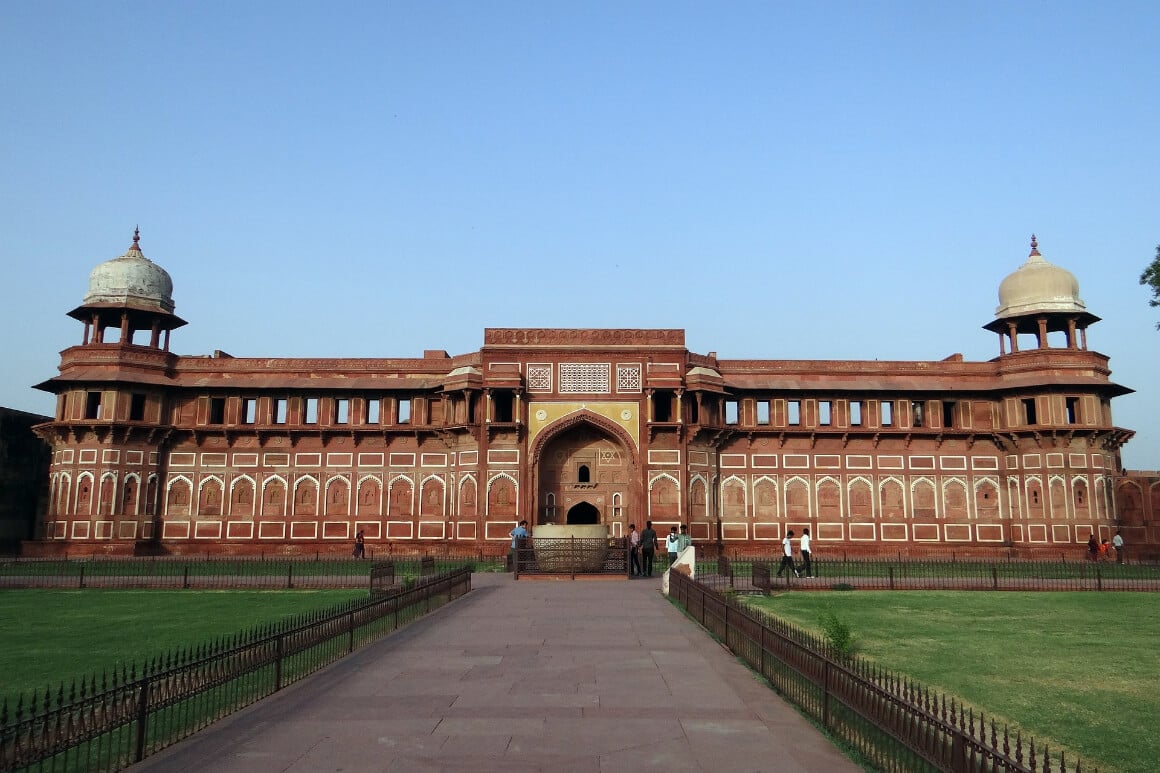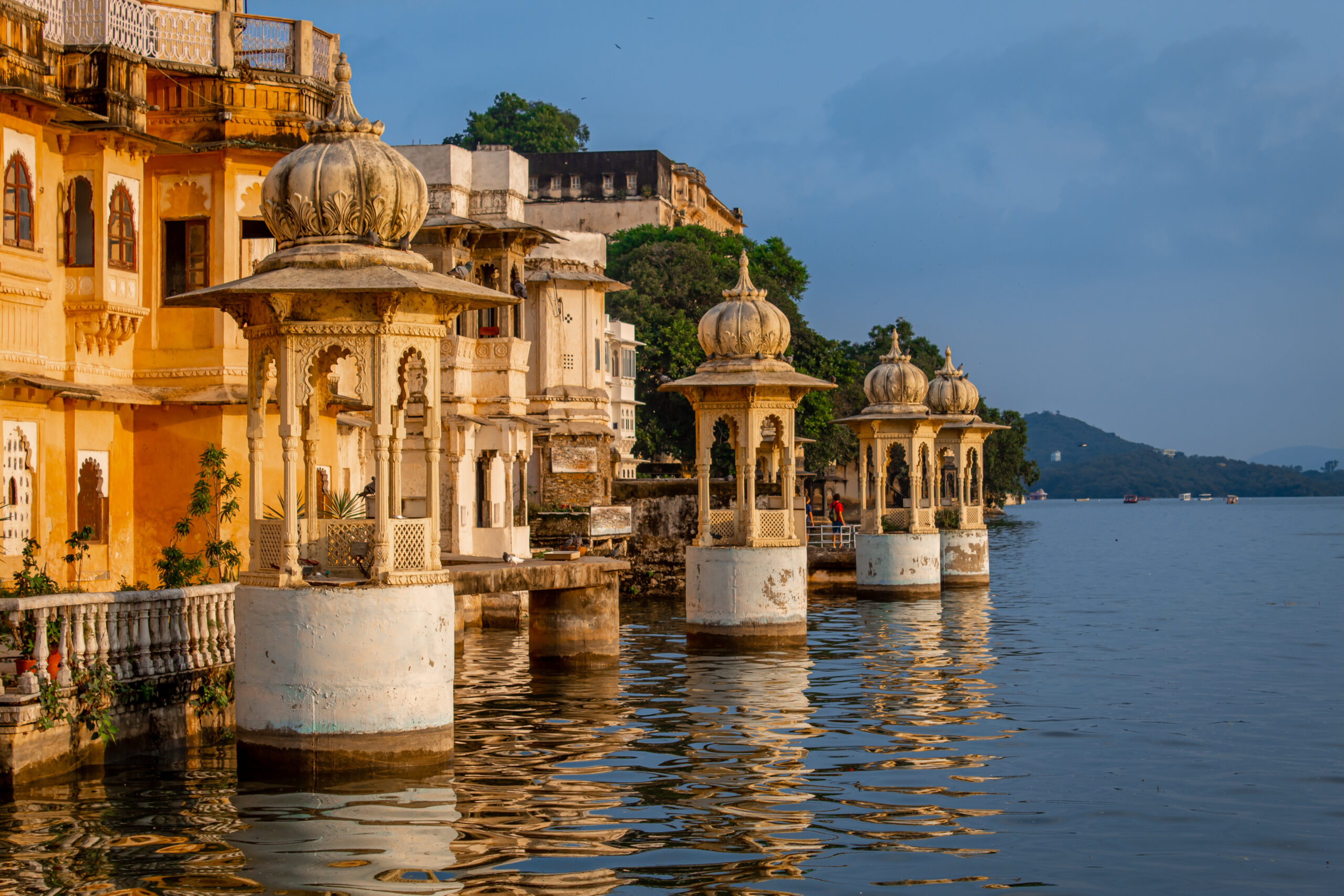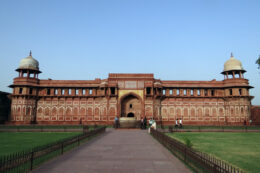The magnificent sub-continent that is India makes for a true dream travel destination. The mega nation packs in a myriad of different cultures, landscapes and traditions and frankly, one could spend several lifetimes exploring it and yet still have barely scratched the surface.
I first visited India nearly a decade ago and have returned multiple times since. At turns inspiring, invigorating, frustrating but never boring, India remains the quintessential travel and backpacker destination for me.
And while India is a welcoming and accessible travel destination, visiting is not without some challenges. From culture shocks, to hygiene issues to mind boggling bureaucracy, there is rather a lot to consider and prepare for before you can visit India. In this post we will offer up our essential Visa info for your first trip to india.

The Broke Backpacker is supported by you. Clicking through our links may earn us a small affiliate commission, and that's what allows us to keep producing free content 🙂 Learn more.
Money
The currency in India is the Rupee (“?”) and at the time of writing (June 2023), the exchange rate is around $1 – 84 rupees. Despite some serious inflation over the last few years, India is still cheap and a very budget friendly travel destination.
The Indian Rupee is a closed currency and is not available outside of the country. Visitors should bring some cash with them and exchange a small amount of money as soon as they arrive. However, airport exchange desks do not always offer the best rates and so while you will need to visit them to get enough money to get started, wait until you reach your first destination before making a more considerable exchange.
Note that relatively few businesses in India accept bank or credit card payments. Cash is King in India and while pay-apps like PayTM are becoming more widespread, these can only be used by Indian nationals and residents.
Climate
Most people imagine India as being hot and there is some real truth in this. However, it is a bit more nuanced than this as India’ climate is influenced by its diverse geography – this includes mountains, deserts, coastal areas, and plains. India does experience four primary seasons;
- Winter (December to February): In this season, Northern India experiences cold temperatures and the Himalayan region gets pretty heavy snowfall all winter long. However Southern and coastal regions have milder winters, with thoroughly pleasant daytime temperatures – in fact, winter is prime time to visit Southern states like Goa.
- Summer (March to May): Summer in most parts of India is hot, dry and in some parts, punishing. Temperatures often exceed 40°C (104°F) down on the plains. The Hill stations (mountain retreat towns developed by the British) higher-altitude areas provide glorious relief from the heat, with cooler temperatures and lush landscapes.
- Monsoon (June to September): The wild Indian monsoon brings heavy rainfall to most parts of India. The southwest monsoon sweeps across the country, providing vital water resources but also causing flooding. Rainfall varies across regions, with the west coast and northeast experiencing the highest precipitation. Note that the monsoon can be a very difficult time to visit India.
- Post-Monsoon (October to November): Following monsoon, India enjoys a transition period with pleasant weather. The temperatures gradually start to cool down, making it an excellent time to explore various regions of the country. Many regions are also at their most lush and green during this time making it a lovely time to visit.
When planning your trip to India, take time to carefully study and consider the weather and climate of the exact regions you plan to visit. Pack appropriate clothing and accessories based on the season and expected conditions.

Tourist Visas For India
With a small handful of exceptions, all visitors to India need to obtain a visa in advance of their visit. The Indian visa process was previously rather complicated, confusing and horrifyingly bureaucratic and on one occasion in 2018, I had to make 3 visits to the visa office to get approved. While things have improved and the process has been streamlined a bi, there is still a lot to consider. Let’s dive in.
India offers two main types of tourist visa: e-Tourist Visa (eTV) and Regular Tourist Visa. The e-Tourist Visa allows for shorter stays (between 30 – 60 days) and is available for citizens of eligible countries. The Regular Tourist Visa is suitable for longer stays (up to 5 years) and is applicable for citizens of non-eligible countries or those who wish to stay in India for more extended periods.
Eligibility:
- The eligibility criteria for Indian tourist visas varies depending on the type of visa and the applicant’s nationality. The e-Tourist Visa is available for citizens of certain countries, which include the United States, the United Kingdom, the EU, Canada, Australia, and many others. For the Regular Tourist Visa, citizens of all countries can apply.
Application Process:
- For the e-Tourist Visa, the application process is online. Applicants can visit the (rather old looking) official Indian government website for e-Visa services and complete the application form. The form is quite long and applicants must prove the necessary details, including personal information, travel details, and a passport-sized photograph. After submitting the application and paying the visa fee online, an e-Visa will usually be issued via email within one week.
For the Regular Tourist Visa, applicants need to get an application form from an Indian embassy, consulate or authorised visa office or from their websites. The form must be filled out accurately, and the applicant will need to submit it in person or through an authorised visa processing agency along with the required documents. The required documents include the applicant’s passport, photographs, visa fee, and any other documents specified by the embassy or consulate such as bank statements, proof and address and proof of employment.
Required Documents:
- The common documents required for both e-Tourist Visa and Regular Tourist Visa applications typically include:
- Valid passport with a minimum validity of six months from the date of arrival in India.
- Passport-sized photographs.
- Confirmed round-trip or onward travel tickets. Note that this is not always mandatory and I obtained several visas without this.
- Proof of sufficient funds to cover the expenses during the stay (ie bank statements)
- Accommodation details (hotel bookings, etc.). You only need one booking (such as a hotel for your first night)
- Additional documents may be required, depending on the applicant’s nationality and specific circumstances.
Visa Fee:
- The visa fee varies depending on the type of visa and the nationality of the applicant but the scale is typically between $50 – $100. The fee can be paid online for the e-Tourist Visa or in person when applying for the Regular Tourist Visa. The fee is non-refundable, regardless of the eventual outcome of the visa application.
Visa Duration:
- At the time of writing, the e-Tourist Visa allows for stays of up to 60 days with double entry (it was previously 30 days and some applicants are occasionally still only granted 30 days). The Regular Tourist Visa can be valid for up to 10 years with multiple entries (although applicants will usually be required to leave the country every 3 – 6 months), depending on the applicant’s nationality and other factors. The precise duration of stay and the exact number of entries permitted will be specified on the visa.
It really is important to note that the information provided here is a general overview of the tourist visa process for India. However, the protocol changes quite regularly and applications seem pretty prone to whim. There may also be additional requirements or variations depending on your specific circumstances.
Find out how YOU can support the site.
We’re a big site with a big team and this job isn’t always easy. But we do it because we love it – we love providing epic and free content. We love the knowledge that our content keeps you adventuring. We don’t ask for money, but if you’d like to find out how you can help the site in more organic ways, click the button below.
Thank you for your support 🙂
And for transparency’s sake, please know that some of the links in our content are affiliate links. That means that if you book your accommodation, buy your gear, or sort your insurance through our link, we earn a small commission (at no extra cost to you). That said, we only link to the gear we trust and never recommend services we don’t believe are up to scratch. Again, thank you!






